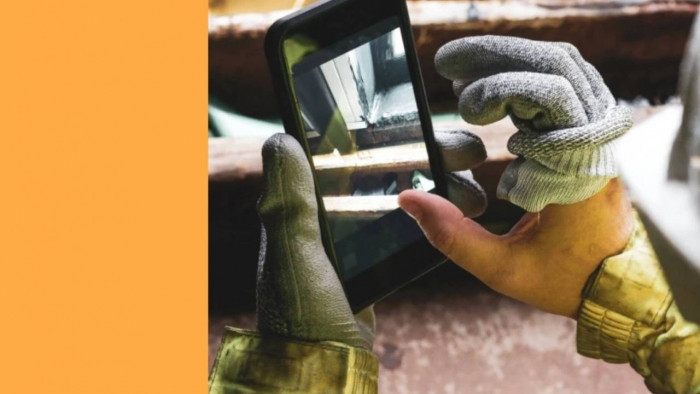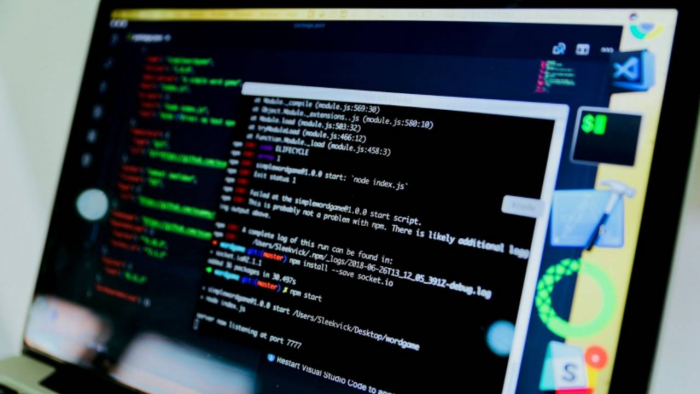Takeoffs are the foundation of every accurate estimate, and for estimators racing against tight deadlines, choosing the right takeoff software can be the difference between winning and missing a bid.
Manual methods and clunky tools cost time, limit bidding capacity, and leave room for costly errors. But with today’s automated solutions, especially AI takeoff software, teams are reclaiming hours and bidding faster with confidence.
In this blog, we’ll break down seven essential features you should look for in a takeoff software solution so your team can work smarter, not harder.
Is It Time to Upgrade Your Takeoff Software?

Before we dive into features, let’s identify a few signs your current system may be holding you back:
- Tight bid windows: Racing against the clock to submit the bids before competitors? Your takeoff tool might be slowing you down.
- Manual plan reviews: If you're still spending hours reviewing sheets, it’s time for automation
- Painful addenda revisions: Manually tracking changes wastes time and introduces risk
- Limited bid capacity: Spending too much time on one project prevents you from bidding more
- Poor collaboration: If sharing files slows you down, your software is not serving the team
If these challenges feel familiar, switching to more modern AI takeoff software could significantly improve your workflow.
1. AI-Powered Automation
Traditional blueprint takeoff software often relies on manual input, including tracing lines, clicking points, and dragging shapes. That’s changing quickly.
Modern AI takeoff software, like Beam AI, eliminates manual tracing entirely. It scans entire plan sets and automatically calculates quantities for pipes, fixtures, or structural elements. This reduces errors and saves time.
With this kind of automation, estimators can focus on high-value tasks such as refining costs, analyzing scope, and winning more bids.
2. Multi-Project Management
Juggling multiple bids is part of the job, but without the right tools, it’s easy to fall behind.
Look for takeoff software that supports:
- Real-time progress tracking for multiple takeoffs
- Prioritization of urgent projects
- Clear turnaround visibility
When estimators can manage several takeoffs at once without getting buried, they can keep up with bid volume without sacrificing quality.
3. Addenda Handling and Change Detection
When project scopes change, your ability to adapt quickly makes all the difference. Rebuilding takeoffs from scratch isn’t always the smartest use of time.
The best takeoff software automatically detects changes in revised plans and updates quantities accordingly. This ensures your bids are current, saves hours, and helps avoid costly omissions.
4. Real-Time Collaboration
Construction projects rely on teamwork. Estimators, PMs, and subs all need access to current takeoff data.
Choose a cloud-based takeoff software that allows:
- Real-time sharing and editing
- Multiple user access
- Centralized project data
With everyone working from the same blueprint, decision-making speeds up and confusion is minimized.
5. Advanced Customization and Editing Tools
No two takeoffs are alike, and your software should reflect that.
Look for tools that support:
- Manual adjustments without redoing entire takeoffs
- Flexible tagging, labeling, or sorting
- Easy edits based on scope updates or bid strategy
With tools like Beam AI, you can easily adjust quantities, apply tags, and fine-tune your estimate to reflect the project’s actual needs.
6. Intuitive, User-Friendly Interface
All the automation in the world won’t help if the software is hard to use.
A great takeoff software is:
- Easy to navigate
- Quick to learn
- Minimal in training requirements
For busy estimators, simplicity is power. You want a tool that helps you work, not one you have to work around.
7. Integration Capabilities
Estimators rely on multiple tools across the preconstruction phase. If your takeoff software doesn’t integrate with your estimating platform or project management tools, you’re stuck manually transferring data.
Look for solutions that integrate easily with:
- Estimating software
- BIM platforms
- Excel or scheduling tools
A well-integrated takeoff software ensures a seamless workflow from measurement to submission.
Final Thoughts
The right takeoff software is not just a tool, it’s a force multiplier for your estimating team. Features like AI-powered quantity extraction, seamless plan revisions, and collaborative workflows are no longer luxuries. They’re essential in today’s fast-moving construction landscape.
Tools like Beam AI are helping contractors move away from manual takeoffs toward automation that saves time and reduces error. This frees up time for estimators to concentrate on pricing strategy and preparing competitive bids.
If your current system slows you down, now is the time to upgrade. The tools exist, the opportunity is there, and the competition isn’t waiting.
Post Comment
Be the first to post comment!





